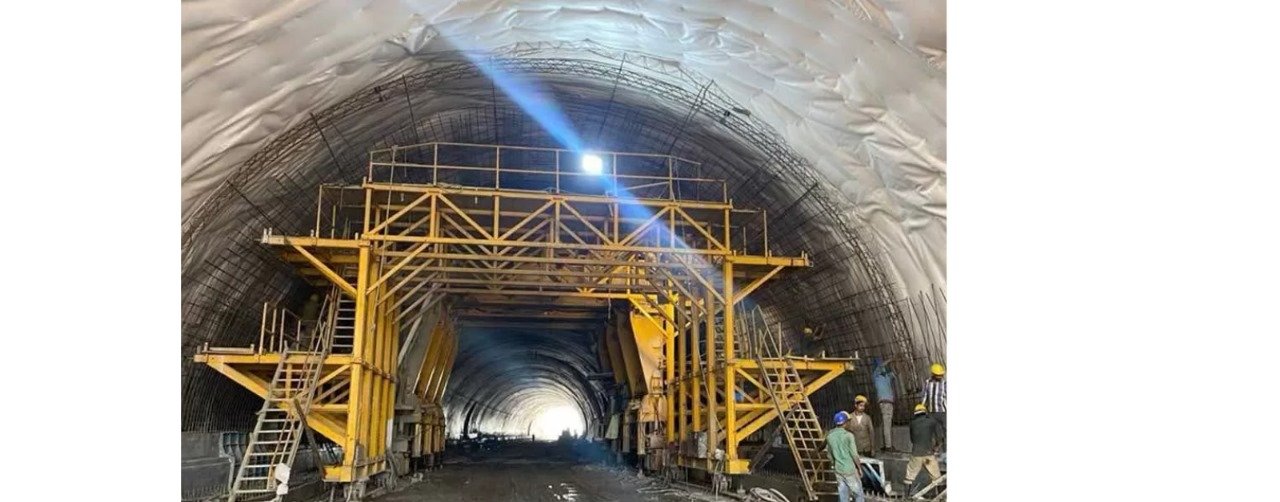The findings of the CSTEP study present a stark reminder of the escalating impact of climate change on coastal cities. As Mumbai and other cities brace for the challenges posed by rising sea levels, it is imperative to implement proactive measures to safeguard communities, economies, and ecosystems from the devastating effects of climate change.
Mumbai Faces Threat of Losing Over 10% of Land by 2040 Due to Rising Sea Levels: Study
New Delhi, August 1, 2024 – A recent study by the Bengaluru-based think tank, Center for Study of Science, Technology and Policy (CSTEP), reveals alarming predictions for Mumbai and other Indian coastal cities facing significant land loss by 2040 due to rising sea levels induced by climate change.
Study Highlights Major Coastal Impact
The study titled “Sea Level Rise Scenarios and Inundation Maps for Selected Indian Coastal Cities” examined historical and future climate scenarios in 15 Indian coastal cities and towns. The findings indicate that more than 10 percent of Mumbai’s land, as well as up to 10 percent in Panaji and Chennai, is at risk of inundation by 2040. Other cities such as Kochi, Mangalore, Visakhapatnam, Udupi, and Puri could see up to 5 percent of their land submerged.
Mumbai has experienced the most significant rise in sea levels, with an increase of 4.440 cm from 1987 to 2021. This is followed by Haldia (2.726 cm), Visakhapatnam (2.381 cm), Kochi (2.213 cm), Paradip (0.717 cm), and Chennai (0.679 cm). The study indicates that these trends will continue, projecting even more substantial increases by the end of the century.
Projected Sea Level Rise by 2100
The report outlines projected sea-level rises under all Intergovernmental Panel on Climate Change (IPCC) Shared Socioeconomic Pathway (SSP) scenarios, which include varied socioeconomic global changes up to 2100. Under the medium-emission scenario, the anticipated rise by 2100 is particularly severe in Mumbai (76.2 cm), followed by Panaji (75.5 cm), Udupi (75.3 cm), Mangalore (75.2 cm), Kozhikode (75.1 cm), Kochi (74.9 cm), Thiruvananthapuram (74.7 cm), and Kanyakumari (74.7 cm).
Land Submergence and Sectoral Impact
The CSTEP study warns that by 2040, more than 10 percent of the land in Mumbai, Yanam, and Thoothukudi; 5-10 percent in Panaji and Chennai; and 1-5 percent in Kochi, Mangaluru, Visakhapatnam, Haldia, Udupi, Paradip, and Puri would be submerged. By 2100, land submergence would be even higher in cities like Mangalore, Haldia, Paradip, Thoothukudi, and Yanam compared to Mumbai and Chennai under a high-emission scenario.
Key sectors such as water, agriculture, forest and biodiversity, and health are expected to be significantly impacted. Coastal ecosystems, including beaches, backwaters, and mangrove forests, are particularly at risk, which in turn affects biodiversity and tourism.
Also Read: Top 10 Banking Institutions in India
Agricultural and Ecological Concerns
Cities with substantial agricultural areas, wetlands, and waterbodies, such as Haldia, Udupi, Panaji, and Yanam, will face severe inundation challenges. This could lead to extensive agricultural loss, affecting food security and local economies.
The study underscores the urgent need for climate mitigation and adaptation strategies to protect vulnerable coastal regions. Policymakers and stakeholders are urged to prioritize sustainable development practices and invest in resilient infrastructure to combat the looming threat of rising sea levels.
The findings of the CSTEP study present a stark reminder of the escalating impact of climate change on coastal cities. As Mumbai and other cities brace for the challenges posed by rising sea levels, it is imperative to implement proactive measures to safeguard communities, economies, and ecosystems from the devastating effects of climate change.
Last Updated on Thursday, August 1, 2024 2:59 pm by Admin



